What do you mean, "creative product of your choice?"
- Angela M. Novak, Ph.D.

- Jan 20, 2020
- 6 min read
Ahh, creativity. So much fun, right? I love to give my students the opportunity to present their understandings in a creative product of their choice. But sometimes, I feel like I get reactions like this:
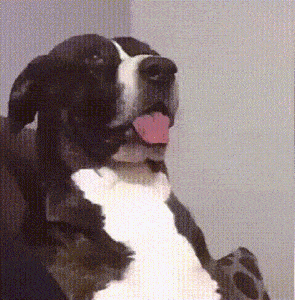
Of course, I teach a lot of online courses, so the reactions more often come in the form of the question, 'what do you mean, "creative product of your choice?"
The trouble is... if I give examples, I worry a bit about restricting creativity but by not giving any examples, it is so open, that some students are so lost in the "I don't understand... I can do ANYTHING??" world that they default to either a paper (which I will accept) or a power point as their creative product. I have, over time, gathered examples from students and posted on my site here.
Look. If a paper or power point is your creative expression, I'm not here to rain on your parade. Go for it. But really? You can do ANYTHING and you make a power point? Which makes me look at my students in a very similar fashion...
So, first, let's dig in to WHY.
What's the point of creative product of your choice? Why not just have students turn in their work as a paper? A few reasons, but probably the most important is the opportunity for them to work as a practicing professional in the field.

What would a practicing professional in the field do? I teach education courses- so I encourage creative products that are similar to what they can use in their classrooms to give them practice with the technology and/or with the kinds of presentations or reports that they would have to submit as a teacher/gifted specialist.
For example... in an assignment looking at communities and collaboration, rather than write a paper about the importance of community collaboration, why not research and write out the steps to plan a community event at your school? Did you know that you need to have an administrator on duty to use the building? Pay for custodial staff? Pay for the heat or a/c to be turned on? Account for toilet paper and paper towel usage (yes, really!) All of these factors will vary by school and district, but it's important to know these aspects in addition to the content of the community collaboration event. For this assignment, students could choose any number of ways to engage with parents and the community, but if they planned an event- they needed to understand the process from the "nuts and bolts" to the content, not just why they should plan an event and what it could be. After all, when's the last time, as a teacher, you were asked to write a 10 page APA-style paper about the importance of a community event? As a practicing professional in the field, you put the knowledge to work by creating the event.
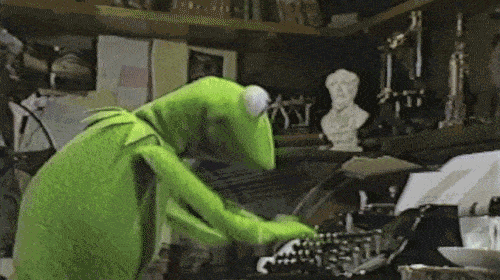
But what if my class is writing intensive? Great question! How do the practicing professionals in the field write? Teachers write newsletters, lesson plans, IEPs, comments, letters home, thank you notes, grants, and more. It varies by field of course, but during a professional learning session with fellow professors in departments of Criminal Justice, Construction Management and History, I was able to brainstorm ideas about how they could incorporate writing in their writing intensive courses without just using research papers.
Moving on to ideas...
I get what you're saying. But Power Point is my happy place.
Baby steps first. I gotcha. Let's start with making an awesome ppt then! Have you ever been to a presentation at a conference where there was a power point and it was full of text, and all the presenter did was read the text verbatim... pretty dull, right? You read the slide, finished before the presenter was done, and then maybe played on your phone? Think about an amazing presentation you've seen. I'll be honest, I haven't had the chance to catch a session in a while, but I've always loved seeing my advisor from my MA program at UCONN, Dr. Del Siegle. I loved his presentations because he didn't tend to have much text- if any- on a slide- he had pictures, and he told stories while he provided information. His sessions were (are!) engaging and entertaining while also being informative. If you're going to submit a power point (or similar: google slides, prezi would all fit in this category), focus on "less is more" on the slides. "But wait- don't I need to show my understanding of the material?" Yes, absolutely, but don't cloud up the slide with text- use the notes feature of the slides or use a voiceover- there's quite a few tech options for this out there, and there could be one embedded in your learning management system (LMS, such as Canvas or BlackBoard).
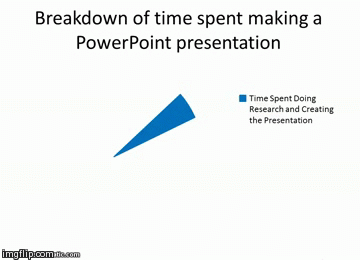
Handwritten Power Point, Video-Taped... it's a thing!
Paperslides! Follow the link to see how to make one, and the video below is an example of one made for a graduate course in adolescent development. It's a great way to engage an audience with content, and also take some time for some personal creativity! If drawing is your thing, you can skip the videotaping and draw a graphic novel or cartoon strip!
Make a website!
If part of your role and what you're learning, includes outreach and advocacy, put that to use in the creation of a website. It's actually part of my gifted series to create a website- we add to it in each of the four courses, but creating a website (or a page on a website) would be a creative way to showcase knowledge. If students want to do this, even though we already have it as an assignment, they just need to add another page. Of course, I teach classes other than my four course series for AIG add-on to teaching licensure, so for other courses, they create the full website. Here's an example (for the same assignment as above). This is somewhat similar to a paper in that you're doing a fair amount of writing, but the writing style is different, and you have the opportunity to be really creative with graphics, dividing into sections and pages, and of course, you have a REAL real-world audience. In a similar vein, you could create a newsletter (and distribute it!) or write an article (I encourage teacher-friendly publications, such as Teaching for High Potential for my gifted courses).
Creative Writing
A letter to a student. Poetry. A children's book written in two languages. A letter to their past selves. These are all creative writing examples that students have turned in to show their mastery of class content in the last year. I've loved every one! I wish I could share- I'll ask permission from the students, and if I get it, I'll update the post!
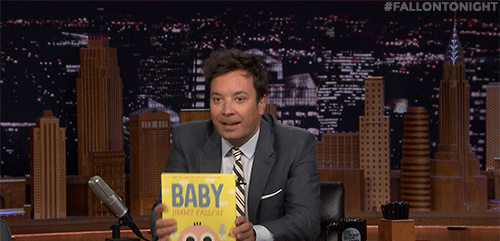
Surveys and Interviews
Somewhat similar, I've had students create surveys and ask for student input about the class topic, or conduct interviews and gather student, or fellow teacher input. I've also used this as an assignment myself for several classes, and it tends to be a really valuable learning experiences. After all, when's the last time you've asked a group of 8 year olds what THEY think about taking a test? Or a group of 14 year olds who or what is most important to them ? It's really enlightening to hear other perspectives, and then be able to compare these perspectives to the literature.

Podcasts, vlogs and other video formats.
I shared an example of paper slides above, but there are other creative expression forms, such as podcasts, vlogs and videos. Similar to the interviews and websites, I often assign a podcast as an assignment- you can see samples of both podcasts and websites on my student products page on my website. A vlog is a video blog- but really the idea is similar to a podcast, but video version. I record videos for each module as a wrap up to the previous module's discussion. I don't generally feature myself, but my computer, as I share additional resources and reference discussion posts during the chat. If you are inspired to create a short film, check out a site like powtoon.com or apps for stop motion and explore the world of animation!
Above all, criteria, rubric, and mastery!
No matter the product you choose, be sure to keep sight of the criteria provided. What content are you demonstrating mastery of through the creation of this amazing work? Creativity is a great ride, but don't follow the product train so far that you forget to deliver the content! If a rubric was provided, reflect and do a self-assessment- and revise and refine if needed. If a rubric wasn't provided, do the same with whatever guidelines or criteria were provided. And most of all, have fun!
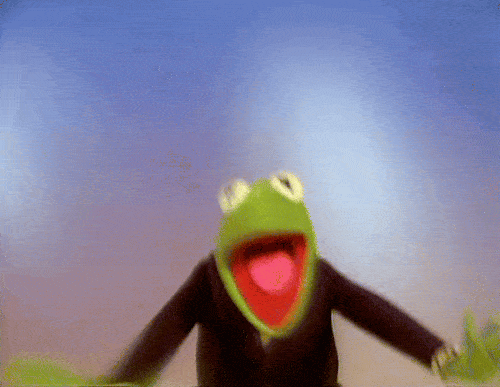




Comments